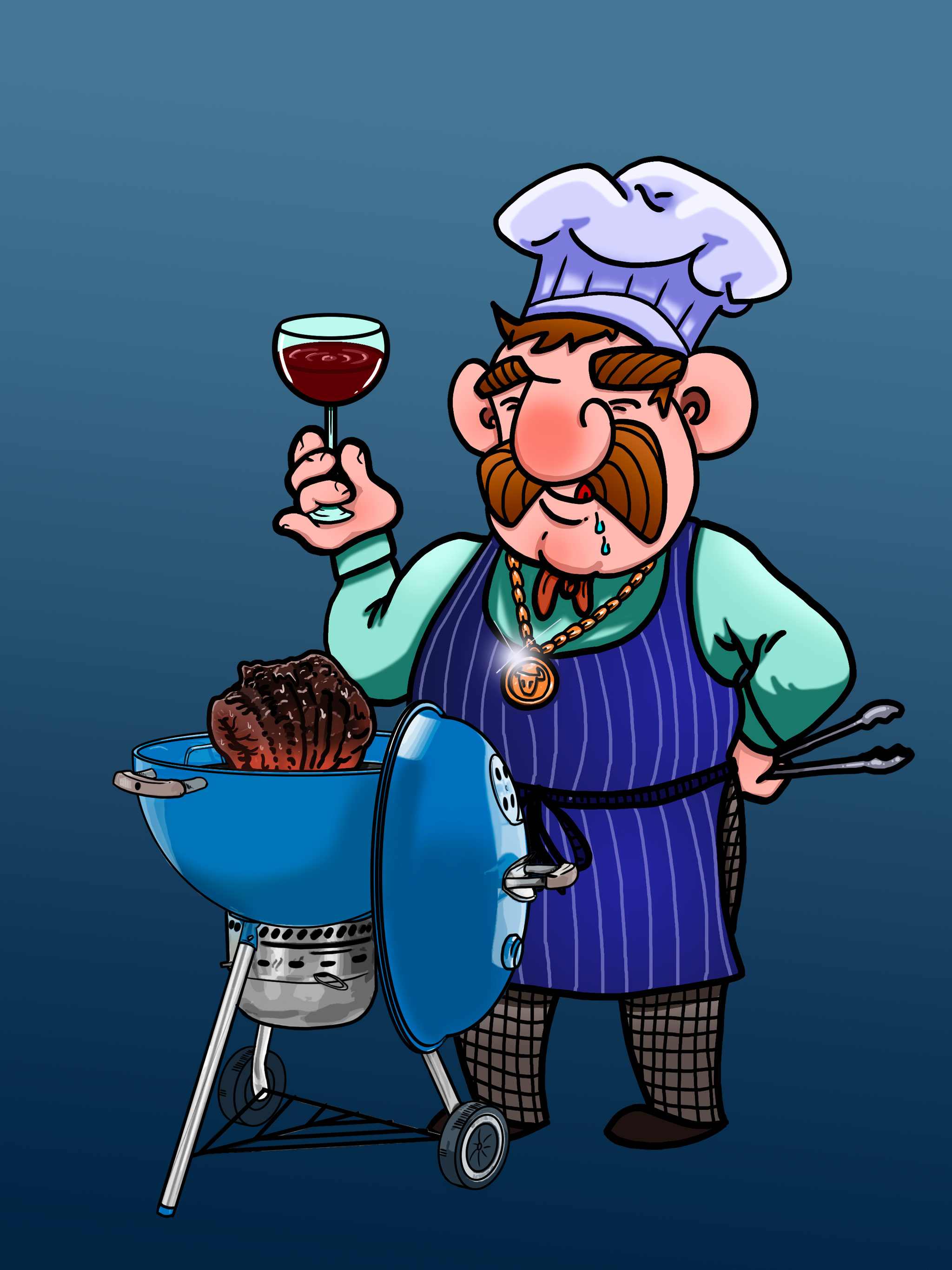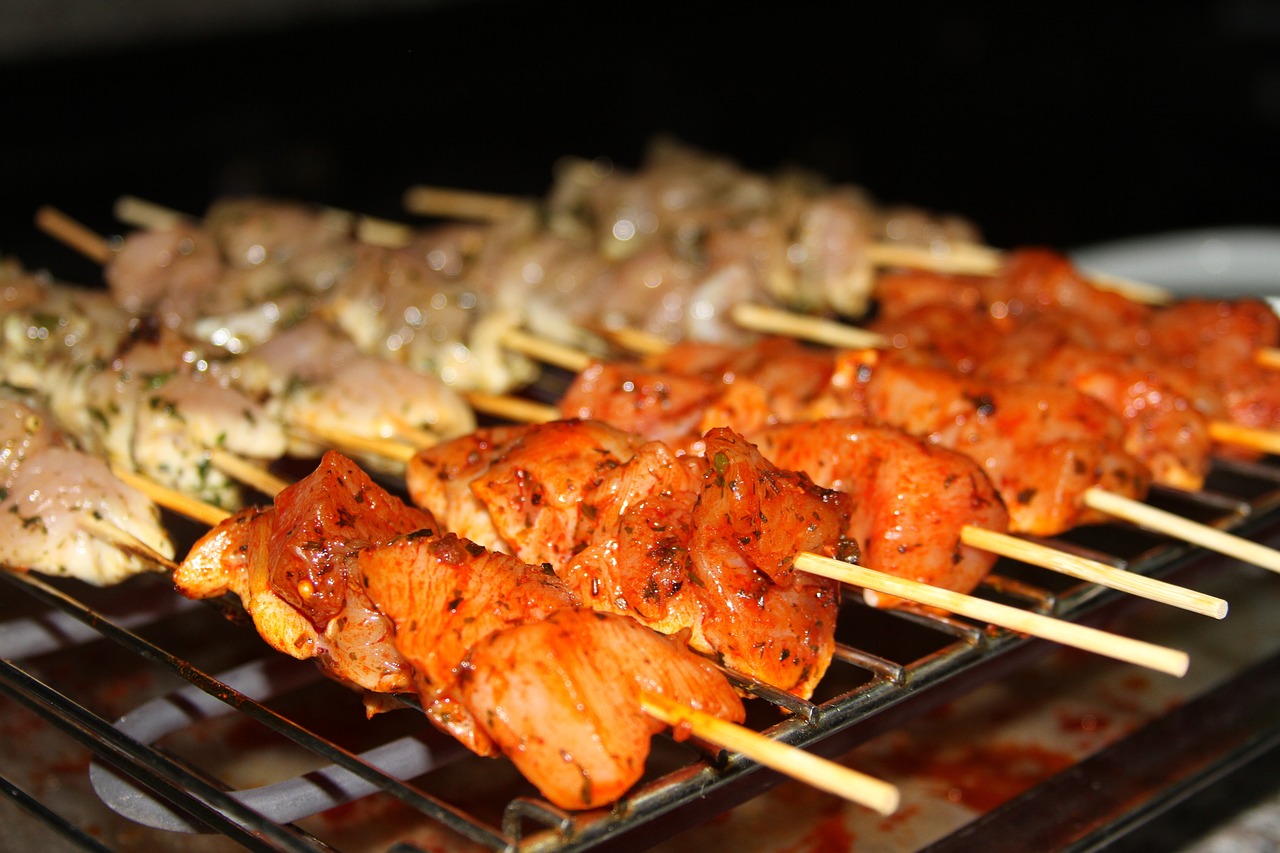Venison and chicken are two popular types of meat that are often compared for their taste, nutritional value, and cooking methods. Venison, which refers to deer meat, has been a staple food source for many cultures for centuries, while chicken is one of the most commonly consumed meats in the world. When comparing venison vs chicken, it’s important to consider factors such as taste, texture, and nutritional value to determine which one is the better choice.
One of the main differences between venison and chicken is their taste. Venison has a rich, gamey flavor that is often described as earthy or nutty, while chicken has a milder taste that can be enhanced with various seasonings and spices. Texture is another factor to consider, as venison tends to be leaner and firmer than chicken, which can be more tender and juicy. Additionally, venison is a good source of protein, iron, and vitamin B12, while chicken is low in fat and high in protein.
Nutritional Comparison
Here’s a chart comparing the nutritional value of venison and chicken per 100 grams:
| Nutrient | Venison | Chicken |
|---|---|---|
| Calories | 129 | 165 |
| Protein | 22.6 g | 21.5 g |
| Fat | 3.2 g | 3.6 g |
| Saturated Fat | 1.5 g | 1 g |
| Cholesterol | 82 mg | 73 mg |
| Iron | 3.4 mg | 0.5 mg |
| Sodium | 56 mg | 64 mg |
| Potassium | 318 mg | 239 mg |
| Vitamin B6 | 0.4 mg | 0.5 mg |
| Vitamin B12 | 2.7 mcg | 0.3 mcg |
Note: Nutritional values may vary depending on the source and preparation method. This chart is for informational purposes only and should not be used as a substitute for professional dietary advice.
When it comes to nutrition, both venison and chicken have their unique benefits. Venison is a great source of protein, iron, and vitamin B12. It is also lower in fat compared to chicken, making it a healthier option for those looking to maintain a balanced diet.
On the other hand, chicken is a good source of protein, niacin, and phosphorus. It is also low in calories and fat, making it an excellent choice for those looking to lose weight.
A 3-ounce serving of venison contains about 22 grams of protein, while a 3-ounce serving of chicken contains about 27 grams of protein. However, venison is higher in iron, with a 3-ounce serving containing about 2.5 milligrams of iron, compared to chicken’s 1.3 milligrams.
When it comes to fat, venison is significantly lower in fat than chicken. A 3-ounce serving of venison contains about 2 grams of fat, while a 3-ounce serving of chicken contains about 9 grams of fat. Venison is also lower in calories than chicken, with a 3-ounce serving of venison containing about 120 calories, compared to chicken’s 165 calories.
Overall, both venison and chicken are great sources of nutrition, and choosing between the two ultimately comes down to personal preference and dietary needs.
Taste Comparison
When it comes to taste, venison and chicken have distinct flavors that set them apart from each other. Venison has a rich, earthy taste that is often described as gamey. This is because deer feed on a variety of plants and herbs in the wild, which gives the meat a unique flavor. On the other hand, chicken has a milder taste that is often described as bland. This is because chickens are raised on a controlled diet and do not have access to the same variety of foods as deer do.
When cooked properly, venison can be incredibly tender and juicy. However, it is important to note that venison can become tough and dry if overcooked. Chicken, on the other hand, is a forgiving meat that is easy to cook and hard to mess up. It can be grilled, baked, fried, or roasted, and will still taste great.
In terms of texture, venison is leaner than chicken and has a slightly chewy texture. This is because venison has less fat than chicken, which can make it a bit tougher. However, this can be remedied by marinating the meat before cooking or by cooking it in a slow cooker to help break down the fibers.
Overall, both venison and chicken have their own unique tastes and textures that make them great choices for different types of dishes. Venison is perfect for hearty stews and roasts, while chicken is great for lighter meals like salads and sandwiches. Ultimately, it comes down to personal preference and what you are in the mood for.
Health Benefits
When it comes to health benefits, both venison and chicken have their own advantages. Venison is a great source of protein, low in fat and calories, and high in iron. It is also a good source of vitamin B12, which helps maintain healthy nerve cells and red blood cells. Venison is also rich in zinc, which helps boost the immune system and promotes wound healing.
On the other hand, chicken is also a great source of protein, and it is low in fat and calories. Chicken is rich in vitamin B6, which helps the body produce serotonin, a hormone that regulates mood, appetite, and sleep. Chicken is also a good source of niacin, which helps maintain healthy skin, nerves, and digestion.
When comparing the two, venison has a higher iron content than chicken, making it a better choice for people who are at risk of iron deficiency anemia. However, chicken has a higher vitamin B6 content, making it a better choice for people who are looking to improve their mood and sleep.
In terms of fat content, venison is generally leaner than chicken, but it does contain more saturated fat. Chicken, on the other hand, is lower in saturated fat and higher in healthy unsaturated fats.
Overall, both venison and chicken are healthy choices for a balanced diet, but the specific health benefits may vary depending on individual needs and preferences.
Cooking Methods
When it comes to cooking venison and chicken, there are a variety of methods that can be used to prepare each type of meat. Here are some popular cooking methods for both:
Venison
- Grilling: Venison can be grilled over high heat for a short period of time to achieve a crispy exterior while keeping the inside moist and tender.
- Roasting: Roasting is a popular method for cooking venison, especially larger cuts like roasts or loins. This method involves cooking the meat in the oven at a low temperature for a longer period of time.
- Smoking: Smoking is a great way to add flavor to venison. The meat is cooked slowly over low heat with wood chips to infuse it with a smoky flavor.
- Braising: Braising involves cooking the meat in a liquid, like broth or wine, over low heat for an extended period of time. This method is ideal for tougher cuts of venison, as it helps to break down the connective tissue and make the meat more tender.
Chicken
- Grilling: Grilling is a popular method for cooking chicken, as it can be done quickly and easily. Chicken can be grilled over high heat for a crispy exterior and juicy interior.
- Roasting: Roasting is a classic method for cooking chicken. The bird is cooked in the oven at a high temperature for a shorter period of time to achieve a crispy skin and juicy meat.
- Frying: Frying is a popular method for cooking chicken, especially for fried chicken. The meat is coated in a batter or breading and then fried in oil until crispy and golden brown.
- Poaching: Poaching involves cooking the chicken in a liquid, like broth or water, over low heat. This method is ideal for making chicken soup or for cooking boneless, skinless chicken breasts.
Overall, both venison and chicken can be cooked using a variety of methods, each with its own unique flavor and texture. The method chosen will depend on personal preference and the cut of meat being cooked.

